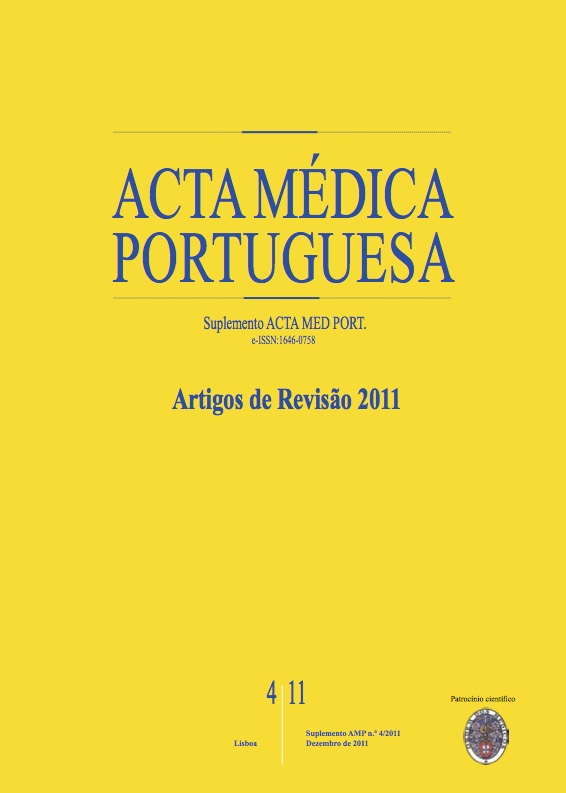Drug induced movement disorders: role of antipsychotic drugs.
DOI:
https://doi.org/10.20344/amp.1577Abstract
This article reviews the current knowledge on drug-induced movement disorders (DIMD) epidemiology, pathophysiology, phenomenology and treatment. This review is justified by its high prevalence in certain medical specialties, the need to include them on movement disorders etiologic differential diagnosis and the potential economical burden. The acronym DIMD refers to a heterogeneous group of neurological syndromes, the most prevalent being parkinsonism, dystonia, dyskinesia and akathisia. Soon after neuroleptics (D2 dopamine receptor blocking agents) introduction in clinical practice, the first acute dystonic reactions were reported. Later, was recognized that extrapyramidal symptoms could occur in association with their chronic use. Nowadays, several non dopamine receptor blocking drugs and drugs of abuse are recognized as potential inductors of extrapyramidal reactions.Downloads
Downloads
How to Cite
Issue
Section
License
All the articles published in the AMP are open access and comply with the requirements of funding agencies or academic institutions. The AMP is governed by the terms of the Creative Commons ‘Attribution – Non-Commercial Use - (CC-BY-NC)’ license, regarding the use by third parties.
It is the author’s responsibility to obtain approval for the reproduction of figures, tables, etc. from other publications.
Upon acceptance of an article for publication, the authors will be asked to complete the ICMJE “Copyright Liability and Copyright Sharing Statement “(http://www.actamedicaportuguesa.com/info/AMP-NormasPublicacao.pdf) and the “Declaration of Potential Conflicts of Interest” (http:// www.icmje.org/conflicts-of-interest). An e-mail will be sent to the corresponding author to acknowledge receipt of the manuscript.
After publication, the authors are authorised to make their articles available in repositories of their institutions of origin, as long as they always mention where they were published and according to the Creative Commons license.









